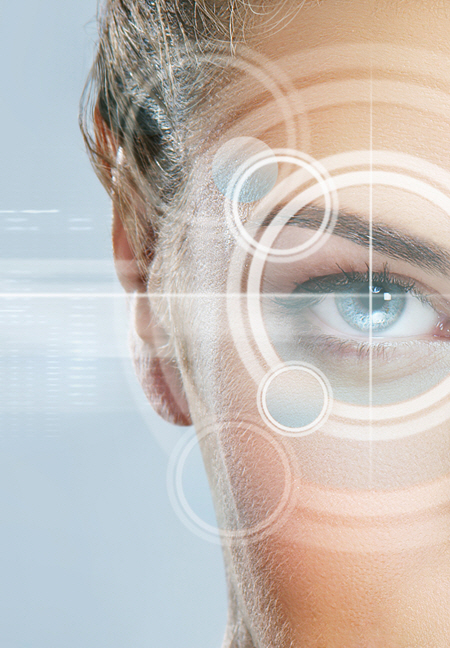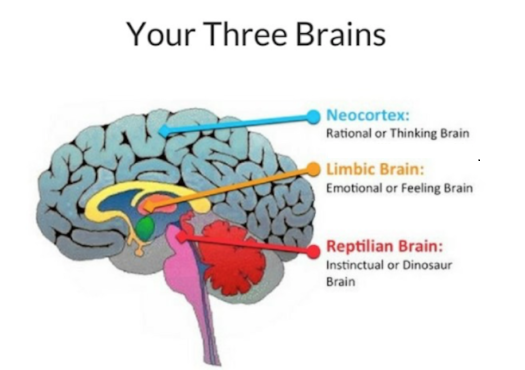Brainspotting
Looking for a different approach to deep healing than traditional talk therapy? Feel free to contact me with any questions to see if Brainspotting could be a helpful approach for you. Brainspotting can be used in conjunction with traditional therapy, either as portion of a normal session or an entire session. Session length and number of sessions needed are variant for each individual and treatment issue and appropriate recommendations are collaborated on by therapist and client. Brainspotting can be an appropriate method if you feel like you have unresolved emotional issues and trauma or have hit a plateau in traditional therapy.
What is Brainspotting?
Brainspotting is a therapy technique and procedure based on a concept that an individual’s direction of gaze can affect how they feel. It lends to the theory that the eyes have an intense relationship with the brain. Brainspotting is based on the fact that trauma is stored in the body and can be activated or triggered at a certain eye position. Brainspotting is beneficial for those who have difficulty accessing deeper feelings and memories and lack the language to verbalize different feelings and events that may be troubling them. Brainspotting was created by David Grand, PhD. in 2003 as a result of his work with people who had experienced traumatic events such as Hurricane Katrina, the attacks on the World Trade Center, as well as war veteran.

Brainspotting allows you to access the deepest part of your brain subcortically and heal at a reflexive and cellular level in the Central Nervous System. This allows the brain to process from the inside out and from the ‘bottom up approach’ while traditional talk therapy follows a ‘top down’ approach, Brainspotting focuses on activation in the limbic system and accessing of the mid brain while traditional talk therapy focuses on cognitive thoughts first utilizing logic from the neocortex to change emotions and behaviors. Brainspotting gives us a tool to neurobiologically locate, focus, process, and release experiences and symptoms that are typically out of reach of the conscious mind and its cognitive and language capacity.


What is ‘The Brainspot?’
A “Brainspot” is the eye position related to the energetic and emotional activation of a of the brain that is associated with traumatic material. Each individual may have multiple brain spots that work together as an active network within the brain.
What issues can Brainspotting Treat?
Scientific research has established BSP as effective for the treatment of Post-Traumatic Stress Disorder, developmental trauma and attachment disorders, Stress and Anxiety disorders, Obsessive Compulsive Disorders, ADHD, Grief and loss, Addictions, Phobias, Emotional blocks, sports performance and negative self-esteem.
What is the price for brainspotting?
There is no difference in pricing or insurance coverage for Brainspotting at this point in time, and your insurance will be billed as normally according to diagnostic codes.
What is like to engage in the Brainspotting process?
The Brainspotting therapist uses a pointing stick to direct the gaze of people in therapy across their field of vision until an eye position is reached that activates a certain traumatic memory or emotion. This helps the therapists to assess an individual’s emotions on a much deeper level and evaluate the psychological effects of a traumatic experience on an individual. This therapist is Level 1 and 2 Certified in Brainspotting and will use Gazespotting, Inside Window, Outside Window, and Resource Spotting techniques along with optional incorporation of Bilateral Sounds.
- A topic/presenting issue you would like to work on will be selected and therapist/client will collaborate to assess which techniques to use for session
- Therapist will guide you to get in touch with how the topic is activated in your body when you focus on it (eg. tight chest, pounding heart, sweaty palms) This activation is called your ‘embodied felt sense’ which brings awareness to the inside of your body including sensation, energy, and emotions. The felt sense moves focus from the outside world to the internal world and helps you experience inside your body and what is present for you in the moment.
- Next therapist and client will collaborate to find the fixed point in space (Brainspot) that is most closely associated with this felt sense that will help you access the deep subcortical part of your brain, allowing for processing and creating forward movement in the trauma healing. You will discover a different understanding of the past events while decreasing or eliminating distressing thoughts and feelings.
- Remember always that you are in control of your healing journey. The therapist will be present and attuned to your process and trust and check in with you periodically in the session to assess and process feelings, sensations and reactions.
- There is no right way or one way to do Brainspotting so everything you experience has value.
What are the qualifications and certifications of this practitioner?
Rebecca Radcliffe is a Licensed Clinical Professional Counselor in the State of Maryland. Rebecca Radcliffe completed a 21 hour Certification Phase One Brainspotting training and 21 hour Phase Two Brainspotting training both in 2021 and completed necessary supervision consultation sessions for certification.
